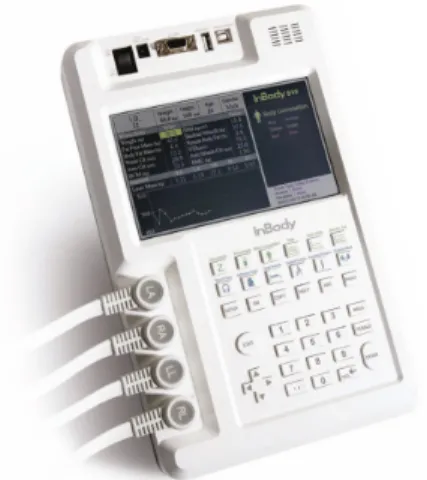Adequate anesthetic induction dose in a morbidly obese patient based on bioelectrical impedance analysis.
-Case report-
Ki-Jae Lee 1 , Seungseo Choi 1 , Seon Ju Baek 1 , Dong-Chan Kim 2 , Jeongwoo Lee 2 , Jun Ho Lee 1*
1
M.D., Department of Anesthesiology and Pain Medicine, Jeonbuk National University Medical School and Hospital, Jeonju, Korea
2
M.D. Ph.D., Department of Anesthesiology and Pain Medicine, Jeonbuk National University Medical School and Hospital, Jeonju, Korea
병적 비만 환자에서 생체 전기 임피던스 분석을 이용한 적절한 마취 유도 용량
-증례보고-이기재 1 , 최승서 1 , 백선주 1 , 김동찬 2 , 이정우 2 , 이준호 1*
1
전북대학교병원 마취통증의학과 의사
2
